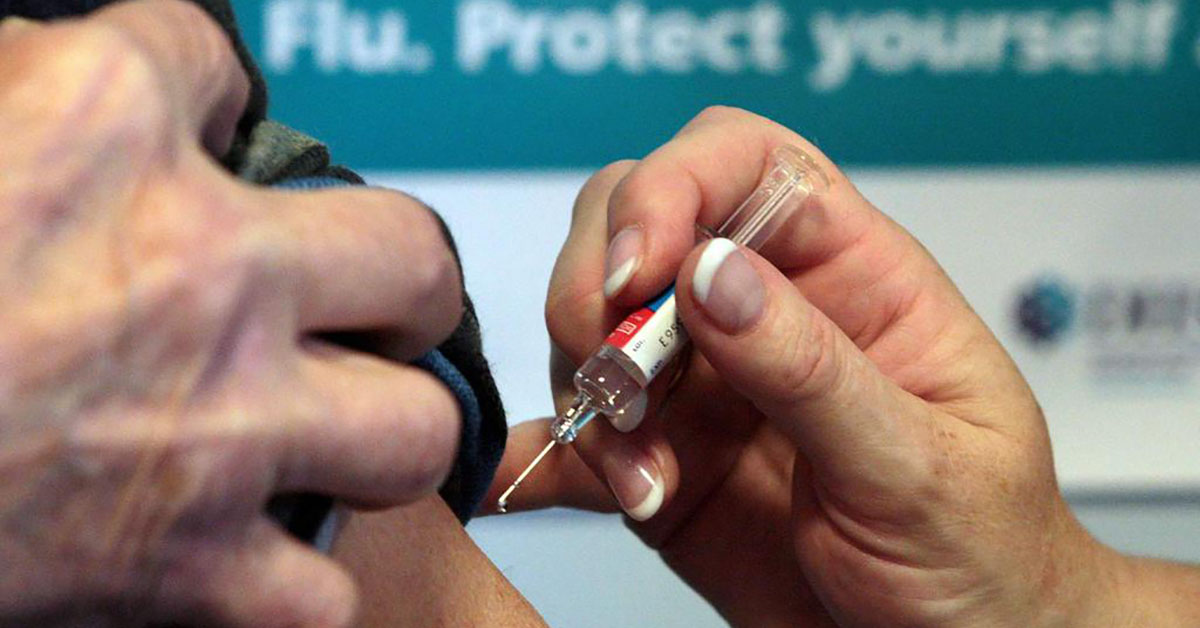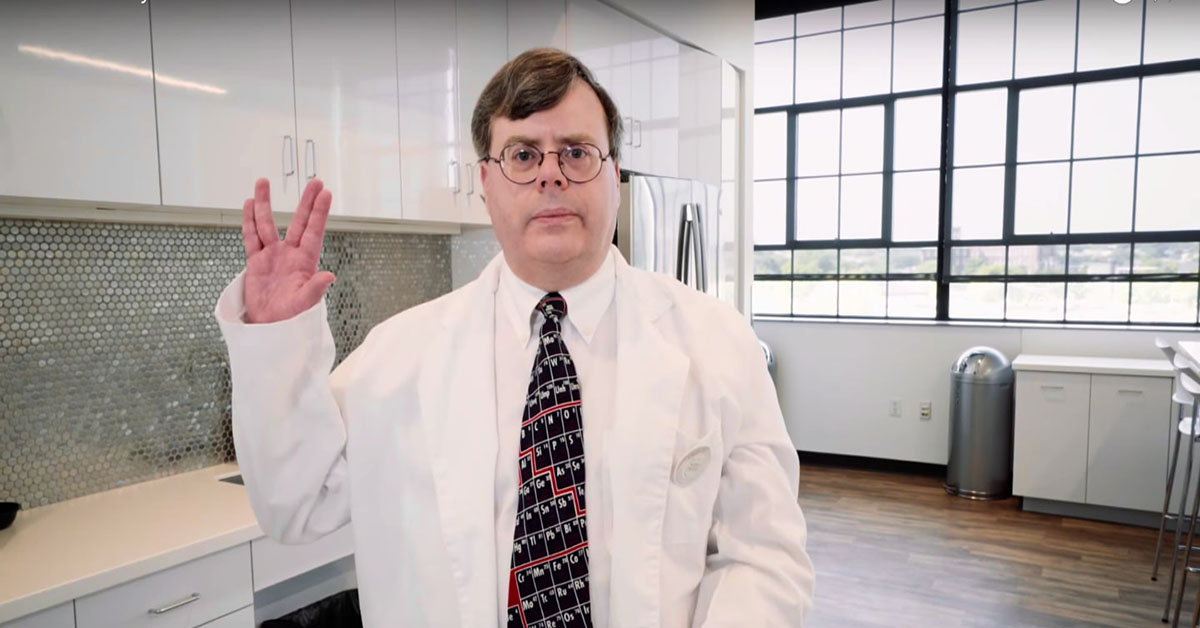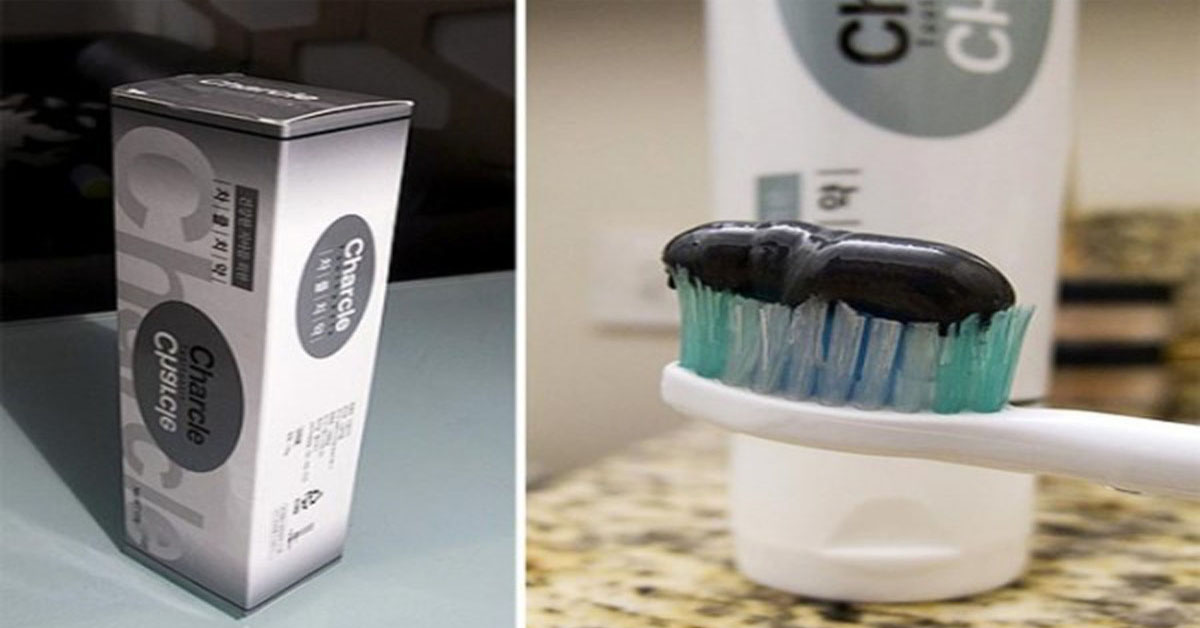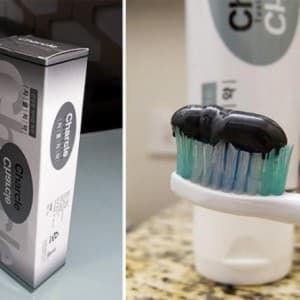
Dementia Now Striking People in Their 40s as Mercury From Vaccines Causes Slow, Degenerative Brain Damage
There have always been rumors of toxic chemicals being in vaccines, but did you know that mercury was one of them? According to a recent study, Dementia and other neurological disorders are claiming much younger victims due to mercury in the vaccines.
Dementia and other neurological diseases are striking people that are younger and younger, according to a new study conducted by researchers from Bournemouth University in England and published in the journal Surgical Neurology International. These diseases have reached levels that are “almost epidemic,” the researchers said, and they reached them so quickly that environmental factors must be largely to blame.
A statistic that is extremely alarming, is that death rates have doubled from neurological diseases. Researchers compared the rates of brain diseases in 21 western countries from 1989 to 2010. The deaths of people ages 75 and up increased, while the deaths of people under 75, nearly doubled… More elderly U.S women are dying from brain diseases than cancer for the first time in recorded history.
In a study published in the Journal of Alzheimer’s Disease in 2010, researchers reviewed 100 prior experimental and clinical studies looking at the effects of mercury on cells, animals, and humans. They found that long-term mercury exposure produced many of the same changes seen in Alzheimer’s disease, including confusion and impairments to memory and cognitive function. Either way, it is most certainly chilling.
https://youtu.be/4kiUgJAxAZ0






 the paste will have to be applied by a professional. It contains a high level of acidity, and the high concentration of peroxide could cause aggravation of the gums. Other materials with similarly aggravating potential are already used on patients, they note. How soon can we expect to see this product, though? They say the product will be available next year. It can be purchased by dentists from
the paste will have to be applied by a professional. It contains a high level of acidity, and the high concentration of peroxide could cause aggravation of the gums. Other materials with similarly aggravating potential are already used on patients, they note. How soon can we expect to see this product, though? They say the product will be available next year. It can be purchased by dentists from 